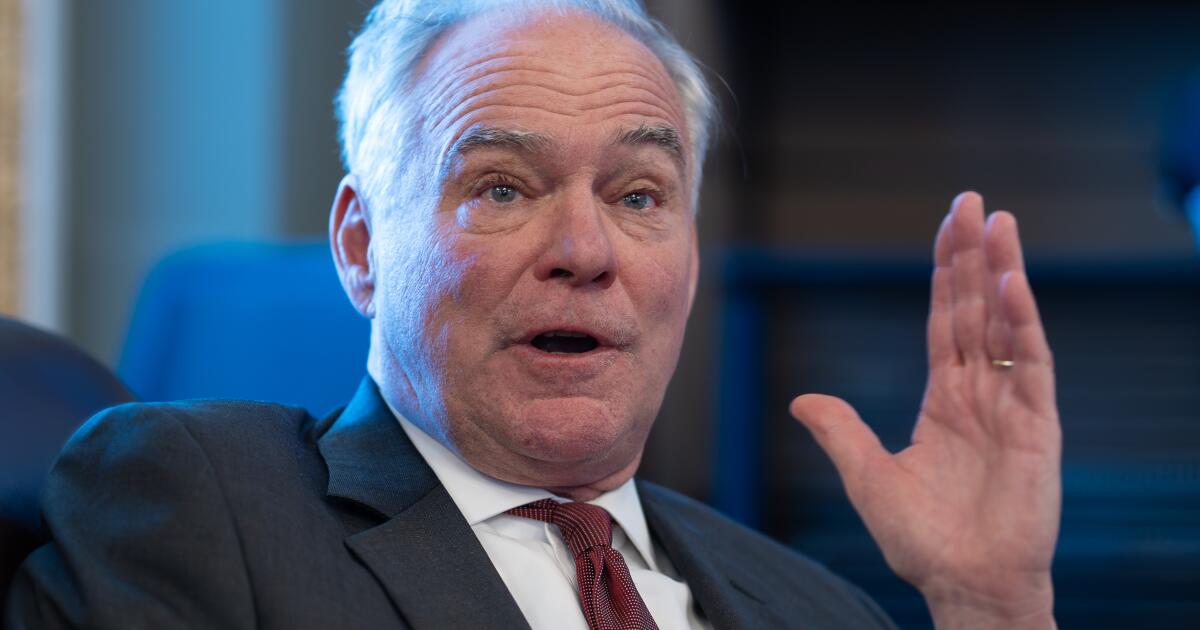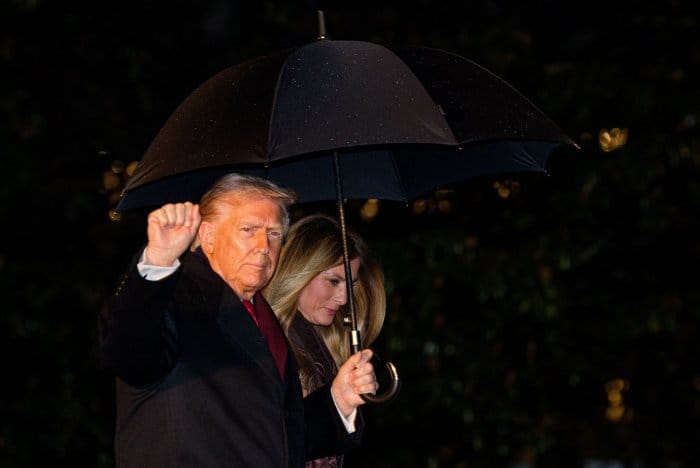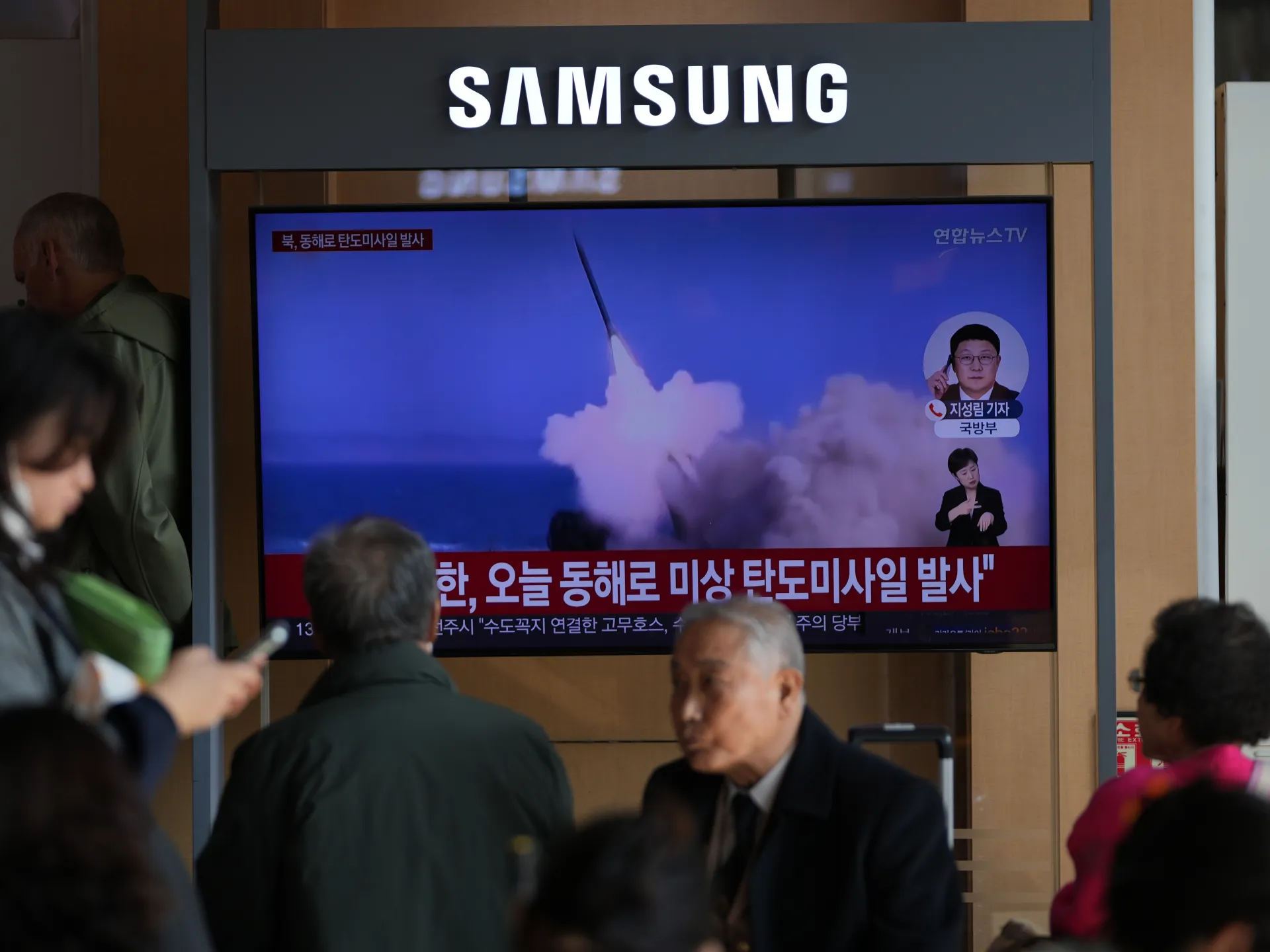Lawmakers voice support for congressional reviews of Trump’s military strikes on boats
WASHINGTON — Lawmakers from both parties said Sunday that they support congressional reviews of U.S. military strikes against vessels in the Caribbean Sea and eastern Pacific Ocean, citing a published report that Defense Secretary Pete Hegseth issued a verbal order for all crew members to be killed as part of a Sept. 2 attack.
The lawmakers said they did not know whether last week’s Washington Post report was true, and some Republicans were skeptical, but they said attacking survivors of an initial missile strike poses serious legal concerns.
“This rises to the level of a war crime if it’s true,” said Sen. Tim Kaine (D-Va.).
Rep. Michael R. Turner (R-Ohio), when asked about a follow-up strike aimed at people no longer able to fight, said Congress does not have information that that happened. He noted that leaders of the Armed Services Committee in both the House and Senate have opened investigations.
“Obviously, if that occurred, that would be very serious and I agree that that would be an illegal act,” Turner said.
Turner said there are concerns in Congress about the attacks on vessels that the Trump administration says are transporting drugs, but the allegation regarding the Sept. 2 attack “is completely outside anything that has been discussed with Congress, and there is an ongoing investigation.”
The comments from lawmakers during news show appearances come as the administration escalates a lethal maritime campaign that it says is needed to combat drug trafficking into the United States.
On Saturday, President Trump said the airspace “above and surrounding” Venezuela should be considered “closed in its entirety,” an assertion that raised more questions about the U.S. pressure on Venezuelan leader Nicolás Maduro. Maduro’s government accused Trump of making a ”colonial threat” and seeking to undermine the South American country’s sovereignty.
After the Post’s report, Hegseth said Friday on X that “fake news is delivering more fabricated, inflammatory, and derogatory reporting to discredit our incredible warriors fighting to protect the homeland.”
“Our current operations in the Caribbean are lawful under both U.S. and international law, with all actions in compliance with the law of armed conflict — and approved by the best military and civilian lawyers, up and down the chain of command,” Hegseth wrote.
Republican Sen. Roger Wicker of Mississippi, chairman of the Senate Armed Services Committee, and its top Democrat, Rhode Island Sen. Jack Reed, said in a joint statement late Friday that the committee “will be conducting vigorous oversight to determine the facts related to these circumstances.”
That was followed Saturday by the chairman of the House Armed Services Committee, Republican Rep. Mike Rogers of Alabama, and ranking Democratic member, Washington Rep. Adam Smith, issuing a joint statement saying the panel was committed to “providing rigorous oversight of the Department of Defense’s military operations in the Caribbean.”
“We take seriously the reports of follow-on strikes on boats alleged to be ferrying narcotics in the SOUTHCOM region and are taking bipartisan action to gather a full accounting of the operation in question,” Rogers and Smith said, referring to U.S. Southern Command.
Rep. Don Bacon (R-Neb.), asked about the Sept. 2 attack, said Hegseth deserves a chance to present his side.
“We should get to the truth. I don’t think he would be foolish enough to make this decision to say, ‘Kill everybody, kill the survivors,’ because that’s a clear violation of the law of war,” Bacon said. “So, I’m very suspicious that he would’ve done something like that because it would go against common sense.”
Kaine and Turner appeared on CBS’ “Face the Nation,” and Bacon was on ABC’s “This Week.”
Freking writes for the Associated Press.







